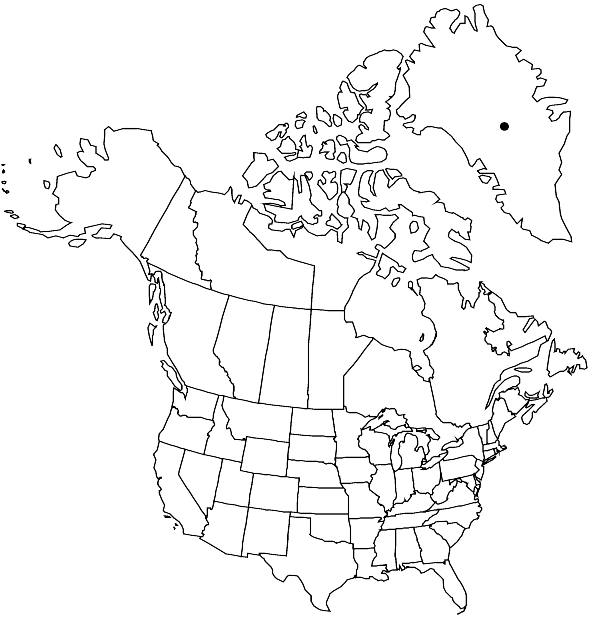Andreaea alpina
Sp. Musc. Frond., 49, plate 7, fig. 2p. 1801,.
Plants reddish-brown to black. Leaves erect-spreading to squarrose, straight, panduriform, widest distally, apex symmetric; costa absent; leaf margins denticulate along leaf base; basal laminal cells rectangular to long-rectangular, marginal cells similar, walls pitted, nodose; medial laminal cells roundedquadrate to ovate, 1-stratose entirely or sometimes 2-stratose distally, lumens rounded; laminal papillae rare, low. Sexual condition cladautoicous; perichaetial leaves differentiated, convolute-sheathing. Spores 18–28 µm.
Habitat: Wet acidic or basic rock
Distribution

Greenland, s, w South America, n Europe
Discussion
The spores of Andreaea alpina are of two types, the brown spores generally smaller than the green, and apparently abortive. This comparatively robust species is easily identified by the panduriform leaves with basal marginal denticulations.
Selected References
None.
Lower Taxa
"widest" is not a number.